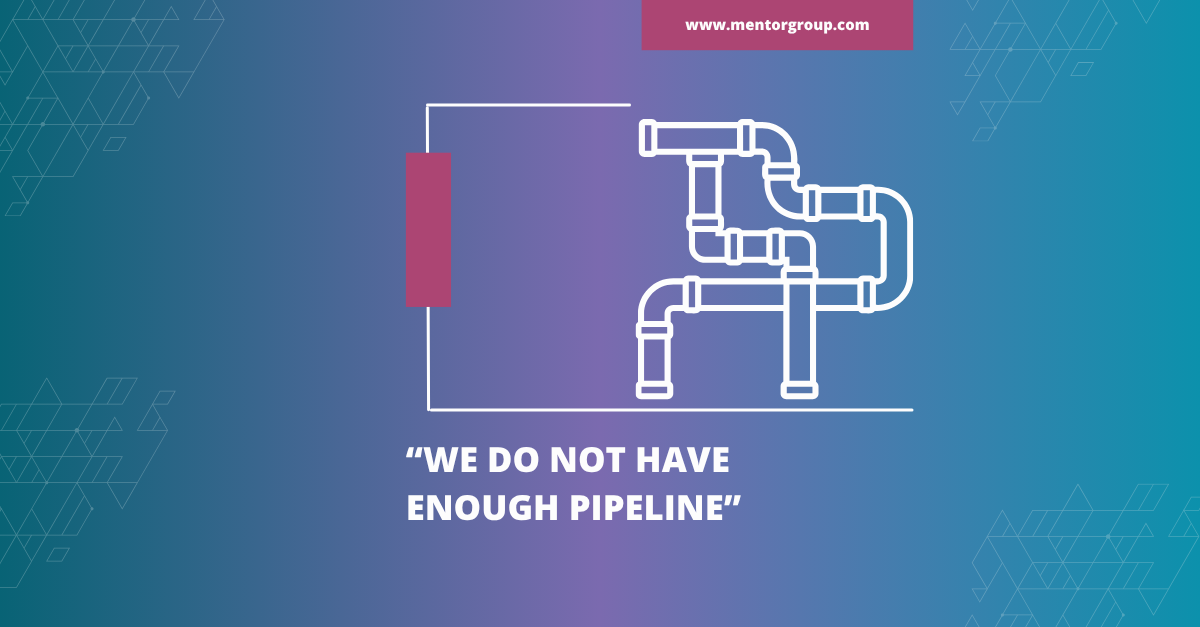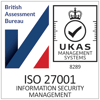In the past few years, virtual reality and augmented reality have seen widespread adoption in various fields of application.
The technology has disrupted several industries such as healthcare, manufacturing, education, and even real estate. As a result of this growth, there has been an increasing adoption of immersive technologies such as VR and AR among businesses.
What is VR training?
Virtual Reality (VR) training is an innovative way to improve employee performance and efficiency through virtual simulations which allow trainees to experience a situation before it happens in real life. It is basically a digital environment where you can immerse yourself completely with the help of headsets that bring you into another world.
Virtual reality is a game changer for sales training given how useful it is to learn from experience in this industry. Learning on the job however, can have a plethora of drawbacks; practicing new techniques may go wrong, leading to lost customers.
However, with VR training, a sales representative can try to implement new strategies and techniques with an AI customer, who behaves, acts, and feels like a normal customer, but without the risks involved.
%20Training%20How%20it%20Works%20&%20Latest%20Trends%20conetnt%20image%201.webp?width=1200&length=1200&name=Virtual%20Reality%20(VR)%20Training%20How%20it%20Works%20&%20Latest%20Trends%20conetnt%20image%201.webp)
The rise of virtual spaces in training
As a leading sales training provider, we see the rise of virtual spaces first hand. Across every industry, organisations are constantly looking for more efficient ways to train their teams. They want to spend less money, and achieve better results. Virtual spaces don’t just refer to VR training though, they also refer to digital learning platforms. Learning platforms, such as Kairos, are designed to provide a hub for all things training.
We are seeing this rise because businesses want convenience. Virtual spaces provide an instantly and easily accessible hub to save progress, host training, communicate with trainers and trainees, and so much more. These versatile environments require very little effort or time from an organisation to set up, as they are often already set up, and are very easily personalisable.
Why are companies using VR training?
The feedback we’ve received tells us that the VR experience is just like ‘being in the room’, which helps to drive a significantly improved experience for all users that is superior to the traditional fishbowl or role playing exercises.
The interaction with the environment and the subsequent journey through a scenario has been proven to improve a learner’s retention as well as increasing outcome-based satisfaction. This means that you, as a company, are getting more value for money, and a more disciplined team with effective training across the board.
Many of our clients are initially sceptical about VR training. Still a relatively new concept, we often have to hammer home the benefits upfront. We think that most of our clients go ahead with VR training, even when slightly apprehensive, because it is a technique with so much potential. They can see that, if carried out effectively, it can be such a viable solution. Carrying out effective VR training is where Mentor Group comes in.
VR training techniques
%20Training%20How%20it%20Works%20&%20Latest%20Trends%20content%20image%202.webp?width=1200&length=1200&name=Virtual%20Reality%20(VR)%20Training%20How%20it%20Works%20&%20Latest%20Trends%20content%20image%202.webp)
To guarantee results which transform every sales team we work with, we like to use a range of techniques:
- Roleplay scenarios - Probably the most efficient employment of VR and AI technology in training is through roleplay scenarios. You can offer life-like scenarios to your team to really test their skills, without risking losing customers.
- Immediate feedback - We find that instant, AI-powered feedback allows your sales team to amend or alter techniques almost in real time. This increases learning retention.
- Targeting pain points - Understanding that your sales team is likely large and unique, we know that you’re likely to have specific issues that may be inhibiting your revenue. One technique we use to counter this is by creating personalised scenarios to target the weak points of your sales team.
- Virtual tours - VR headsets can also be used to build any environment needed. This can be useful to provide virtual tours for new team members, or those moving to a different department/location. It is also useful to add to the realism of AI-powered roleplay scenarios.
VR training with Mentor Group
We believe that VR training is part of the solution, not the entire solution. What we mean by this is that yes; virtual training is the future, but no, we can’t forget the traditional techniques and methods that have got us this far.
That’s why VR training with Mentor Group looks the way it does. It gives a new dimension for training and enables connectivity and roleplaying options for remote people as well as people in the room. However, by itself, VR training cannot completely replace the full learning experience.
The nature of Virtual Reality means it is not feasible or desirable for learners to be using a headset for hours on end. In fact, the best practice is for no longer than 20 minutes, as outlined by the safety guidelines within VR gaming systems such as Oculus Rift and HTC Vive, and even government recommendations.
With these two items in mind, the logical place to use Virtual Reality as part of the application of knowledge is to get learners to experience scenarios where they are immersed in an environment and situation where they can apply what they have learnt in an ILT (instructor-led training) or a VILT (virtual instructor-led training).
In our design of our prototypes, we have been able to create both simple and complex scenarios using 360 videos that engage a seller or manager in various situations in which they have to navigate through the scenario to get to the best answer possible.
It is also worth adding that all sales training through Mentor Group is designed to be personalisable to the needs of your business or organisation. We understand that no two businesses, teams, or individuals are the same, and that’s why we aim to deliver a holistic sales training solution which will take your business to the next level.









